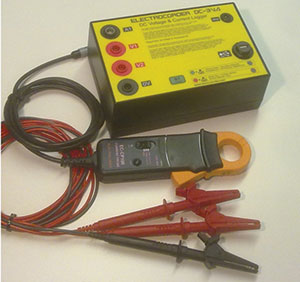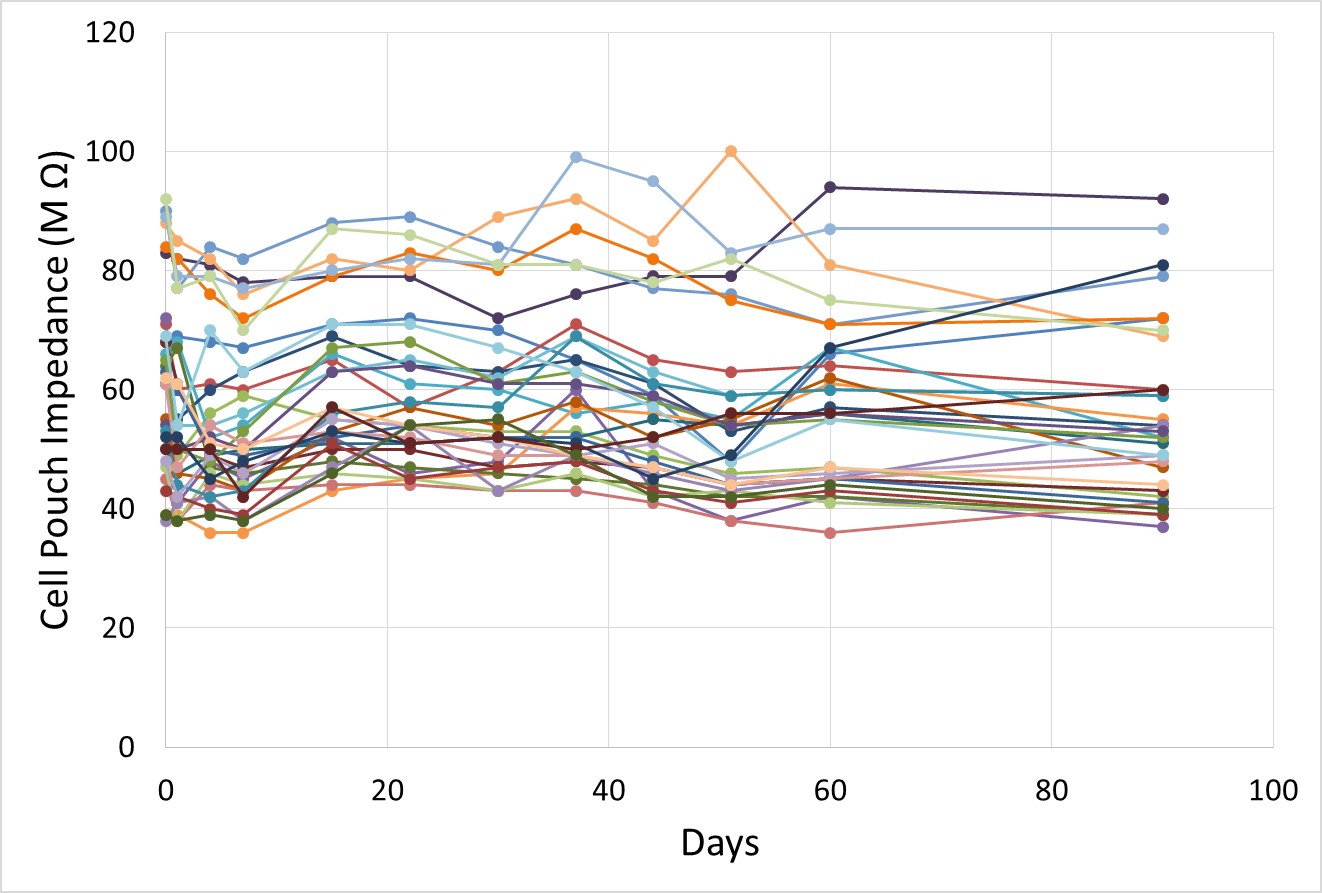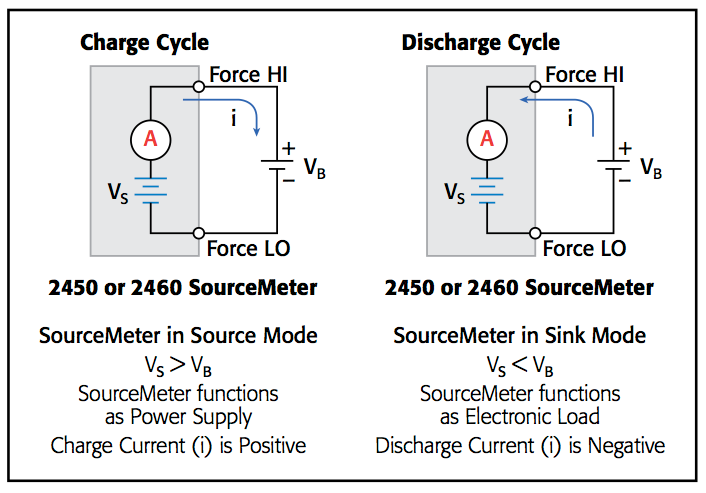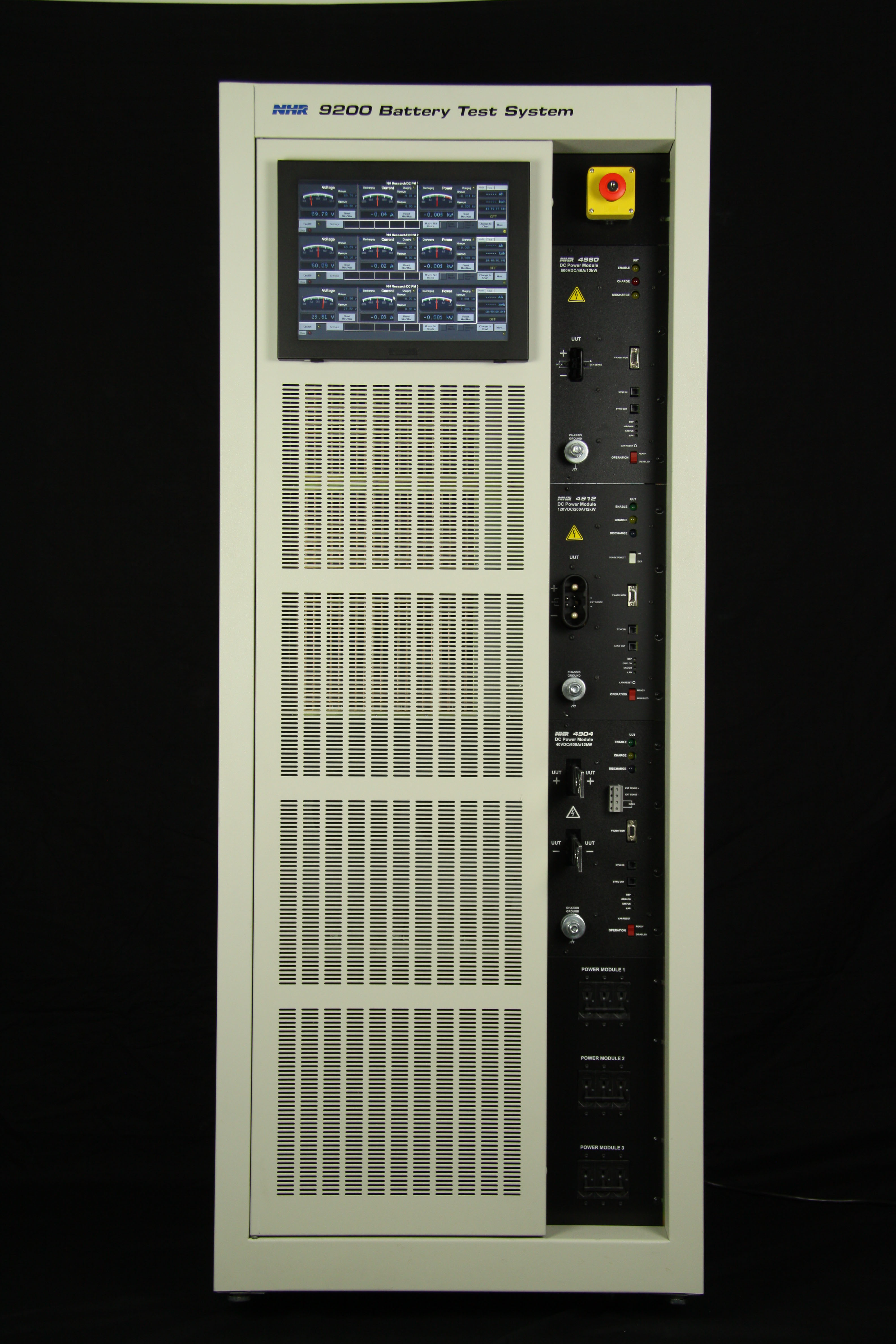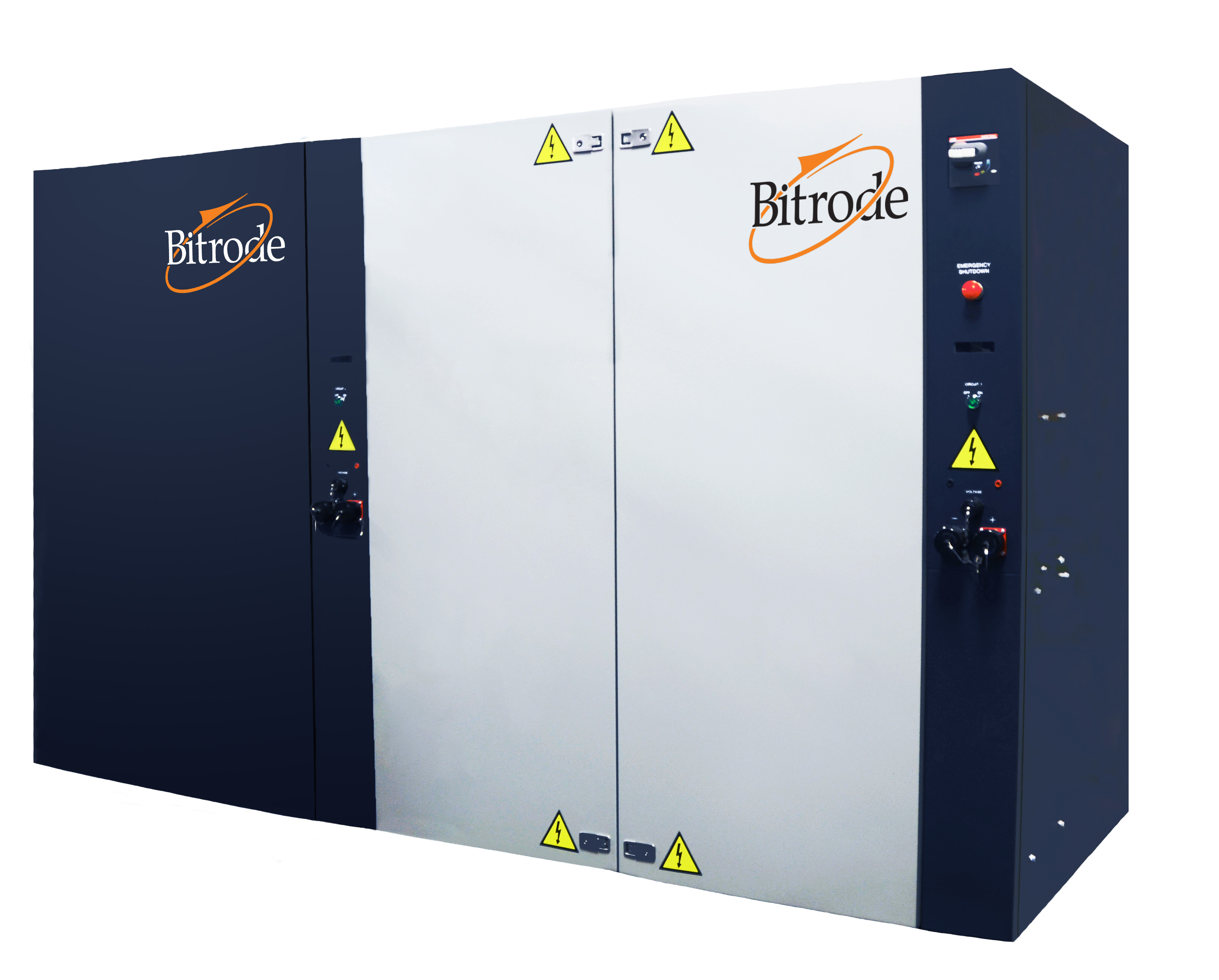Tag: Battery Testing
Assessment of Performance and Safety on Lithium Ion Pouch Battery Under Various Test Conditions
Joshua Su, Sr. Engineering Manager • HZO
In recent years, lithium ion polymer cells in pouch format have found increasing use in portable consumer electronics. They are commonly being referred to as lithium polymer cells (hereafter referred as Li-Poly), although these cells are not of the true polymer types1,2. Compared to conventional batteries such as nickel cadmium systems, Li-Poly cell designs provide the highest specific energy (>220 Wh/kg) and energy density (>450 Wh/L) of all commercially available designs3. From a safety and fire protection standpoint, a high energy density coupled with a flammable organic, rather than aqueous, electrolyte has created a number of new challenges with regard to the design, storage and handling of batteries containing lithium ion cells. Read more about Assessment of Performance and Safety on Lithium Ion Pouch Battery Under Various Test Conditions …
How to Use an SMU Instrument in Charge/Discharge Cycling for Battery Characterization
Mary Anne Tupta
Keithley Instruments, a Tektronix Company
Rechargeable batteries power a rapidly expanding range of electronic devices, from laptops and tablets to mobile phones and wearable health-monitoring devices. When purchasing these devices, consumers typically take a hard look at battery life and recharge times; operating time is often a deciding factor in the purchase of a mobile device. As a result, researchers are studying ways to increase battery life and decrease the cost of rechargeable batteries. Read more about How to Use an SMU Instrument in Charge/Discharge Cycling for Battery Characterization …






